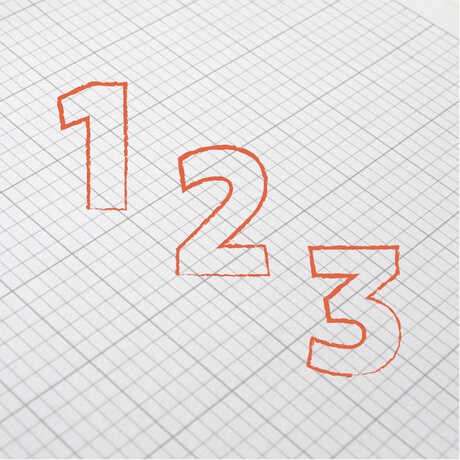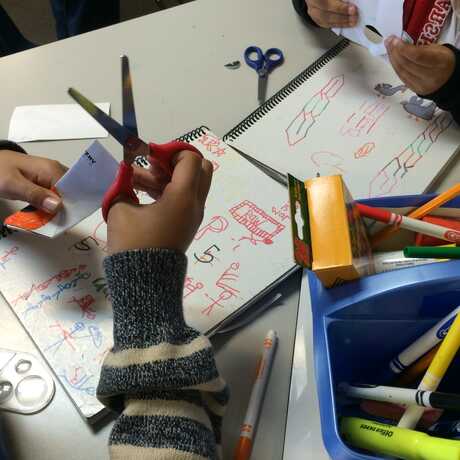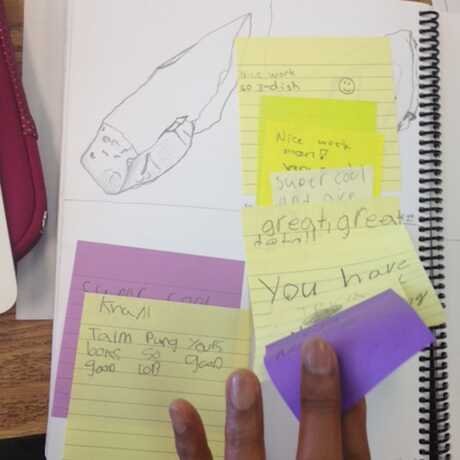Science Notebook Corner
Learn how notebooks can help your students think and act like scientists.

Explore this section to learn the basics of setting up science notebooks with your students. Once your routines are in place, explore the other sections of Science Notebook Corner to learn more strategies for deepening your students' learning.

We've learned through experience how important it is to set aside time to introduce your students to notebooks as a scientific tool. Dedicating just a little bit of class time builds student ownership and develops shared routines.
These activities have been tested extensively with upper elementary grades, and can be adapted for any K-12 classroom.

One of the benefits of science notebooks is the bond students develop with them. If a student cares about her notebook, she is more likely to care about the science thinking that goes into it. It's important for students to forge a real relationship with their science notebook. It's not a textbook or a handout given by the teacher. Instead, the notebook belongs to its scientist.
In the following lessons, students learn about how other scientists use notebooks and begin to make their own. They also learn to share the work in their notebooks with peers, inspiring pride in their work and opening the window for personal growth.

In order for the notebook to serve as a reliable tool in your classroom, it's important to set up certain routines.
You'll need to consider where to keep the notebooks in your classroom and how students will retrieve them before science lessons. You'll need to establish an organizational framework inside the notebooks so students know how to label their pages and find past entries. Finally, we recommend setting up a categorization system that differentiates the types of notebook entries.
The following lesson plan, gallery, and video will give you some practical ideas for developing those routines.

Once you've helped students to bond with their notebooks, and established the basic routines, it's time to start putting the notebook to work in service of science learning.
Ideally, the blank notebook will serve as a canvas for students' observations, questions, explanations, and more. It will take time and practice for students to fluently express their scientific thinking.
Speaking this language begins with learning to see and sketch like a scientist. The following lessons will introduce you and your students to that skill.
Learn how notebooks can help your students think and act like scientists.